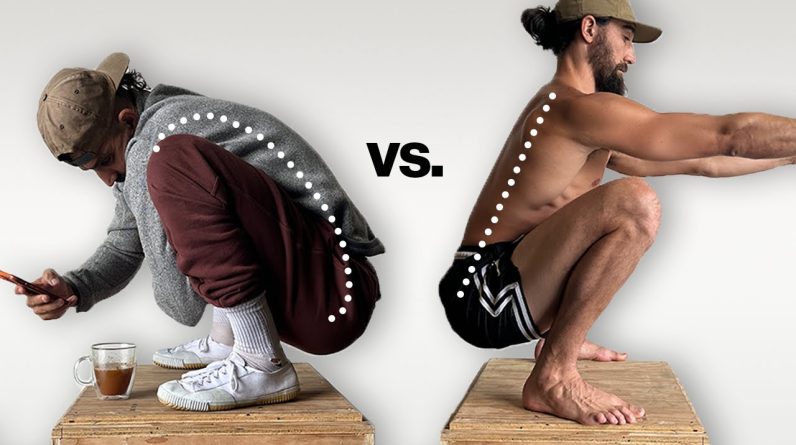
Anatomical Terminology

Inferior describes a part that is below another anatomical terminology part. For instance, on this figure, the nose is superior to the mouth and the chin is inferior to the forehead. Let’s try one more. Is the shoulder girdle inferior or superior to the hip girdle? Correct. It’s superior to the hip girdle because the shoulder girdle is above the hip girdle. Let’s learn two more definitions. The term anterior, also called ventral, means toward the front. The term posterior, or dorsal, means toward the back. For example, the feature of your face are on the anterior surface of your head.
The vertebral column is posterior to the sternum. The anatomical terminology surface of the arm faces front. The posterior surface of the arm faces back. Now it’s time to define the terms medial and lateral. Medial refers to the position that is closer to the imaginary midline of the body. Lateral describes the position that is farther away from the mid-line. For example, the eyes are medial to the ears and the ears are lateral to the eyes. The ribs are lateral to the sternum and the heart is medial to the lungs. The body includes an axial portion and an appendicular portion. The axial portion includes the head, neck, and trunk. The appendicular portion includes the arms and legs, and their attachments. The terms proximal and distal compare the relative positions of the parts of the arm or the leg.
Proximal refers to the part closer to the point of attachment. For anatomical terminology example, the knee is proximal to the ankle because it’s closer to where the leg is attached to the body. Distal is the part farther away from a point of attachment. For example, the wrist is distal to the shoulder. It’s farther away from the point of attachment than the arm is. Congratulations! You have completed this learning activity – Anatomical Terminology: Relative Position..






